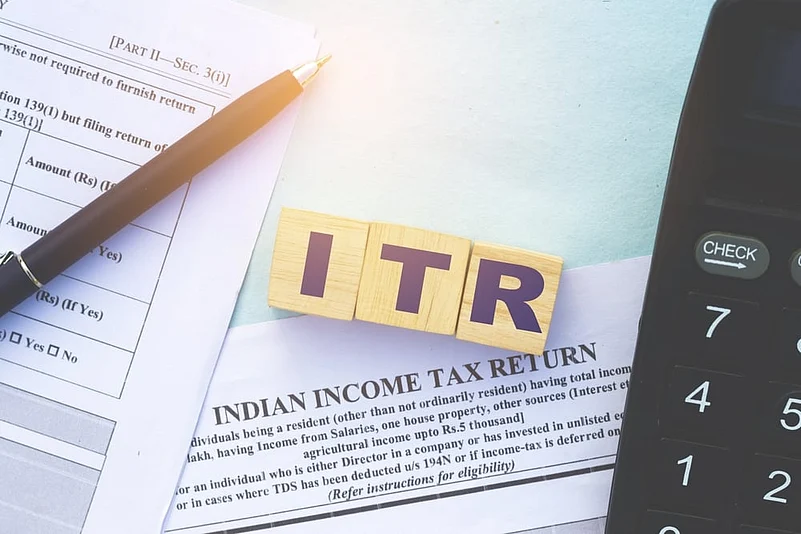If a taxpayer earns over Rs 50 lakh annually even if he is a salaried individual, filing the Income Tax Return (ITR) requires filling in Schedule AL (Assets and Liabilities). by detailing their high-value assets and liabilities.
Says Sudhir Kaushik, CEO, Taxspanner, "For those who have gross total income above Rs 50 lakh (i.e. before chapter VI A deductions), declare assets and liabilities in Schedule AL, and foreign assets (e.g., ESOPs, bank balances) in Schedule FA. Disclose all assets held in India at the end of the previous year in Schedule AL. Include immovable, movable, and financial assets, such as vehicles, jewellery, shares, securities, and insurance policies, with property addresses, joint ownership shares, and acquisition costs."
Assets & Laibilities
"Schedule AL- a section of the Income Tax Return (ITR) form collects information on a taxpayer’s assets and liabilities. Taxpayers must list their various assets and liabilities in Schedule AL. Assets include immovable assets like property, movable assets like automobiles, jewels, artwork, and other assets like stocks, bonds, mutual funds and fixed deposits. Liabilities include your loans, outstanding taxes, mortgages etc," says a Chartered Accountant Reetu Bhandari.
Remember to include the following items under the shares and securities section as Provident Funds (PF), National Pension Scheme (NPS), cryptocurrencies, stocks, mutual funds, NPS, EPF, government securities, Real Estate Investment Trusts (REITs) etc.
Points To Remember When Filling Schedule AL
"Keep all pertinent documents, such as property deeds, investment statements, and loan statements, organized and accessible to aid in accurate reporting of your assets and liabilities. Further ensure you are using the correct ITR form, which includes Schedule AL, based on your income sources and taxpayer type," Bhandari said.
"If you find Schedule AL complicated or have a large number of assets and liabilities, use the service of a certified tax practitioner," Bhandari says.
When reporting your assets, you should use the original purchase cost for things like mutual funds and stocks, rather than their current market value. If you sell an investment within the same year you bought it, you don't need to report the acquisition cost. For properties you inherited or received as gifts, report the original purchase cost by the previous owner. If this value is unknown, use the circle rate at the acquisition date. Business assets listed on a balance sheet don't need to be reported, but personal assets like a house do.
Include only loans taken for buying assets; personal loans and credit card debts not used for purchasing need not be disclosed.













